‘Shot across the bow’: Israel’s warning to Australian rescue mission in 2006
The full story of what happened in 2006 when Israel confronted an Australian evacuation ship off war-torn Lebanon can finally be told.
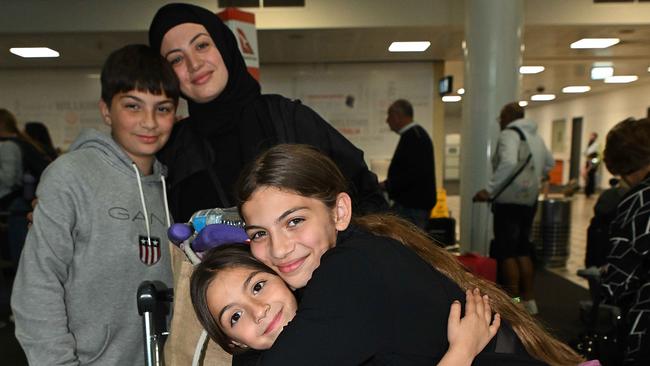
An Israeli warship unleashed machinegun fire across the bow of a chartered ferry evacuating Australians from Beirut at the height of Israel’s last incursion into Lebanon.
The 2006 incident, revealed for the first time today, underlines the risks of rescuing civilians from the intensifying battle between the Israel Defence Forces and Hezbollah, the Iran-backed terrorist group that calls the shots in Lebanon.
The effort to airlift Australians out of Beirut will cease on Sunday, and contingencies have been made to resume the evacuation by sea if the security situation deteriorates.
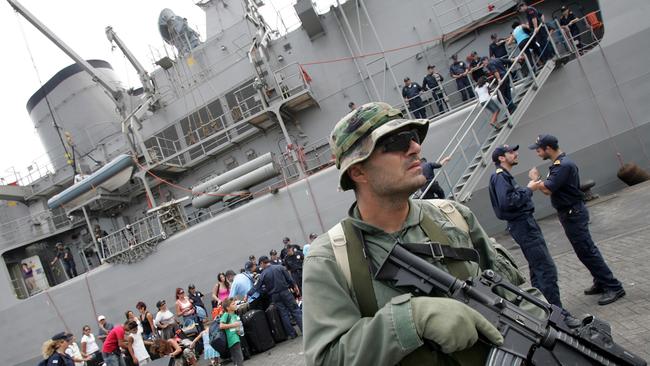
In July 2006, unarmed Australian soldiers rescued more than 5300 Australian nationals and dual citizens after Beirut airport was bombed by the Israelis and knocked out of action. Another 1300 foreign nationals were transported to safety aboard the fleet of chartered ferries.
Operation Ramp was an exercise in Aussie make-do, determination and white-knuckle tension at times – a pointer to what could happen if the air bridge from Beirut is cut during the ongoing emergency and more Australians need to come out.
The Israeli warship opened fire in 2006 to halt a chartered ferry carrying a detachment of five Australians, including then sergeant Travis Palin of the Royal Australian Artillery’s Townsville-based 4th Regiment as well as a liaison officer from the Department of Foreign Affairs and Trade.
Mr Palin, 46, said the machinegun burst was a warning to the master to stop short of entering Beirut harbour, which the vessel promptly did. “I’m like ‘that didn’t sound too good’, the laconic former gunner said. “And then Peter from DFAT came down and told me, ‘you need to get up to the bridge and sort this out because they’re shooting across our bow’.”
When he spoke to the captain of the Israeli warship by radio, Mr Palin was given curt instructions on the course and speed the ferry was to take into Beirut harbour, where it loaded more than 250 evacuees for the 10-hour transit to the Turkish port of Mersin.
The scene was surreal: the twin-decked 50m ferry was dwarfed by giant US, British and European naval vessels taking on foreign nationals clamouring to leave. Overhead, Israeli warplanes continued to make attack runs, as plumes of smoke billowed from the ruins of multistorey buildings. “The city was on fire,” another Australian soldier remarked.
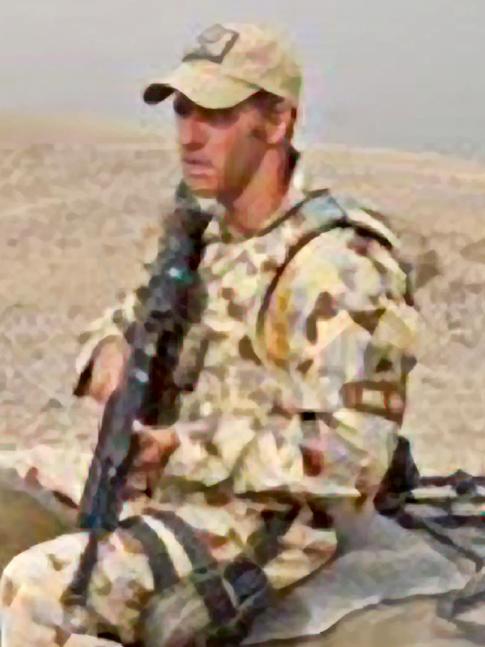
On board his ferry, sergeant Jamie Fogg was trying to reassure frightened passengers after it was buzzed by low-flying Israeli military jets. “It was intimidating, for sure,” said Mr Fogg, 50, another retired army gunner.
“They were down to 100m, I suppose … nothing that would shatter glass, but it was definitely loud. We couldn’t see whether they were going in or coming from a run … they were circling the harbour and there was a lot of warships coming and going. So no doubt they were doing a fair bit of tracking vessels in and out.”
The 120-strong ADF detachment was flown in at short notice to manage the evacuation alongside DFAT officials, and included two evacuee-processing teams, health specialists and linguists. Over the following days the Australian troops would have to think on their feet as they came to grips with a host of thorny security and personnel problems.
The drama did not end when the packed ferries, operating out of Beirut and Tyre, cleared Lebanese waters. The vessels were more like those that ply Sydney Harbour than ocean-going ships, and tossed in the swells as they hugged the Syrian and Turkish coasts en route to Mersin. Most of those who had brushed aside the proffered seasickness tablets became violently ill. Others were suffering from dysentery and shellshock.
“It was a bit of a mess,” Mr Fogg told The Weekend Australian. “We were pretty busy, you know, helping with sick people and kids, and clearing up, trying to make them feel as comfortable as possible.”
Mr Palin said: “No one was interested in the preventive seasickness tablets until they became ill. It was too late then.”
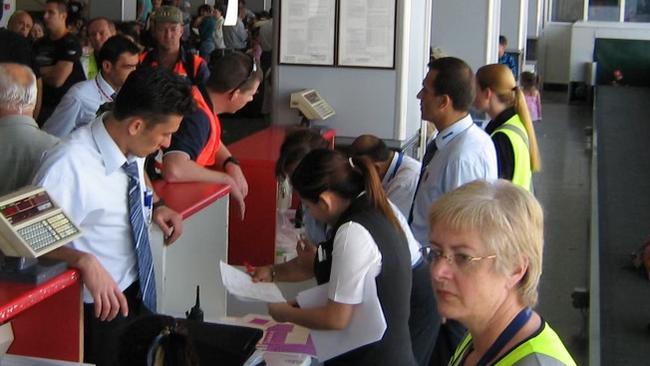
Such was the urgency that passenger manifests were dispensed with: each ferry carried between 250 and 400 people per trip to Mersin, then turned around for another run.
There was no question of the Israelis “taking no for an answer” when they challenged Mr Palin’s vessel approaching Beirut. Asked how he reacted to the warning machinegun fire, he said: “Obviously, we were a little concerned. It was a civilian vessel, we were unarmed and we had a warship getting pretty close. Our priority was to avoid escalating things further.”
Both men, now retired from the army, still marvel at how quickly Operation Ramp came together. Their regiment was committed to no fewer than four other deployments at the time in Iraq, Timor Leste, Solomon Islands and Malaysia. Only a handful of men were free when the alert came through to their north Queensland base.
The married soldiers had family members bring in their kit and, specifically, civilian clothes for the mission. Events were moving so swiftly that the contingent flew to Sydney that day without their bags; there, they were issued their official passports and undertook an 11pm visit to the Turkish consulate to have a visa stamped into them.
The flight to Turkey, the operation’s staging point, was wheels up by 3.30 next morning.
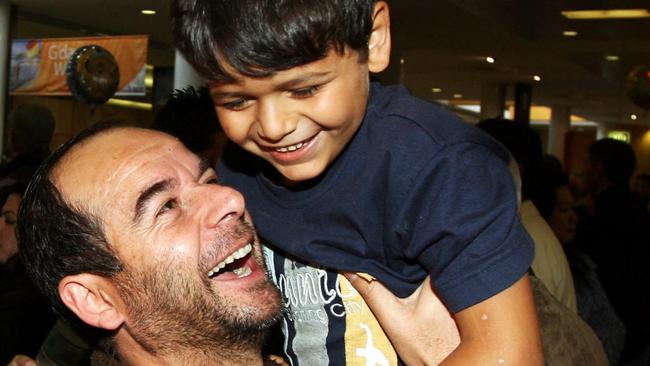
Mr Palin said shepherding so many people to safety was one of his proudest achievements in a military career spanning seven deployments to conflict zones in Timor, Afghanistan and Iraq, and to the Pacific.
Following the news out of Lebanon from his home in Townsville, he said he had been transported back to Operation Ramp. “It’s all happening again. It’s gone full circle. And, yeah, it’s difficult to watch because you have got to understand what these people are going through,” he said.
“They … don’t ask to be in this situation. They’re frightened for their own safety, for the family they’re leaving and their homes. Your heart has got to go out to them.”
Mr Fogg said of the 2006 evacuation: “It was definitely a highlight for me, something worthwhile being involved in.”




To join the conversation, please log in. Don't have an account? Register
Join the conversation, you are commenting as Logout